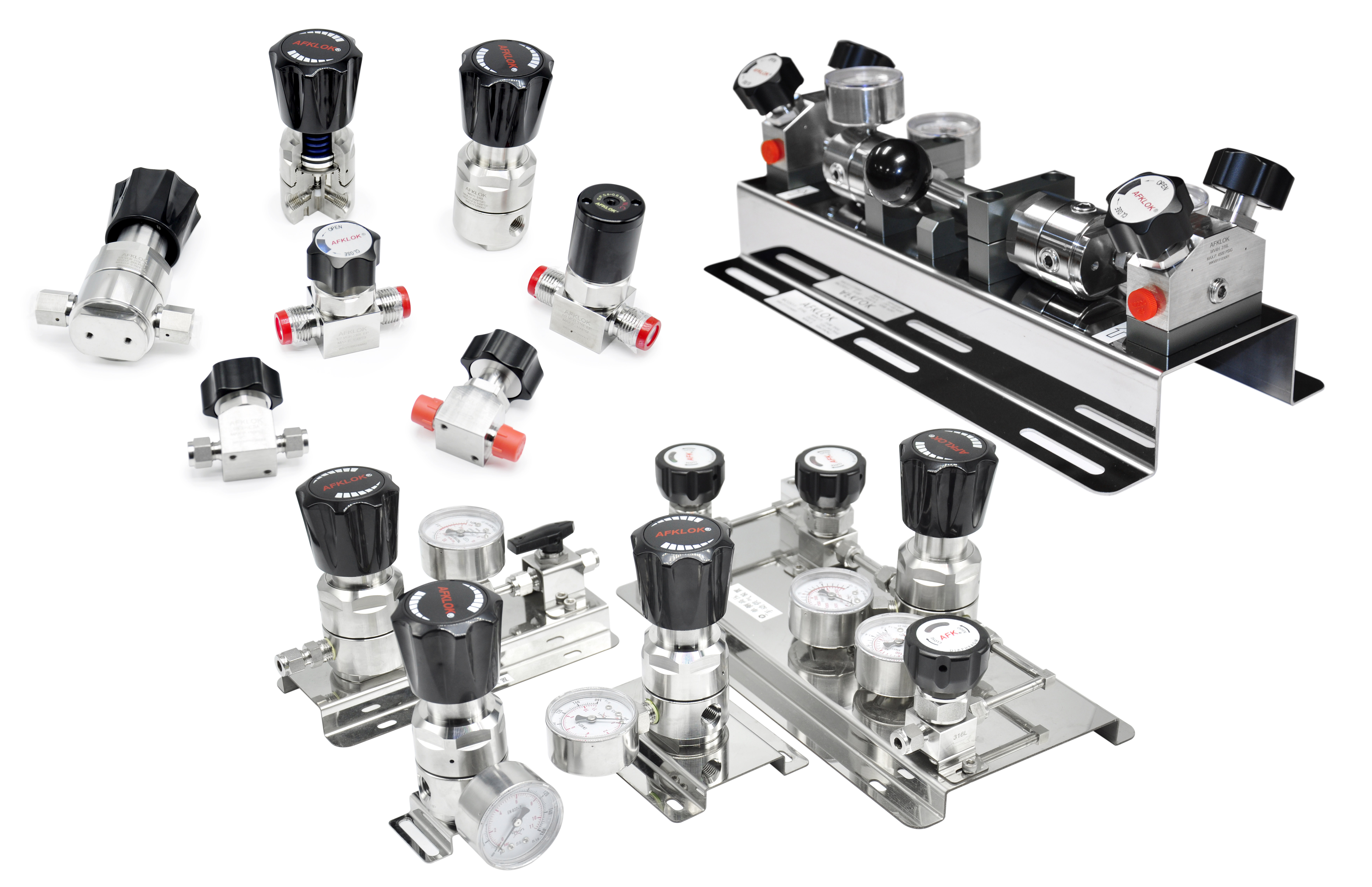The origin of gas pressure regulators can be traced back to the mid-19th century with the development of devices to control and regulate gas flow and pressure in various applications. The early gas pressure regulators were primarily used in gas lighting systems, which were prevalent during that time.
One of the notable pioneers in the development of gas pressure regulators was Robert Bunsen, a German chemist and inventor. In the 1850s, Bunsen invented the Bunsen burner, a widely used gas burner in laboratories. The Bunsen burner incorporated a rudimentary pressure regulator mechanism to control the gas flow and maintain a stable flame.
Over time, as gas utilization expanded into various industries and applications, the need for more advanced and precise gas pressure regulation arose. This led to the development of more sophisticated gas pressure regulators with improved control mechanisms.
The modern gas pressure regulators we see today have evolved through advancements in engineering, materials, and manufacturing techniques. They incorporate features such as diaphragm or piston-based control mechanisms, pressure sensors, and safety features to meet the diverse requirements of different industries and applications.
Today, gas pressure regulators are produced by several manufacturers worldwide, specializing in various types and sizes to cater to specific needs. These regulators undergo rigorous testing and certification processes to ensure their performance, reliability, and compliance with safety standards.
Overall, the origin and development of gas pressure regulators can be attributed to the increasing demand for controlled gas flow and pressure in various industries, evolving from basic mechanisms to sophisticated devices we rely on today.
Post time: Aug-26-2023
